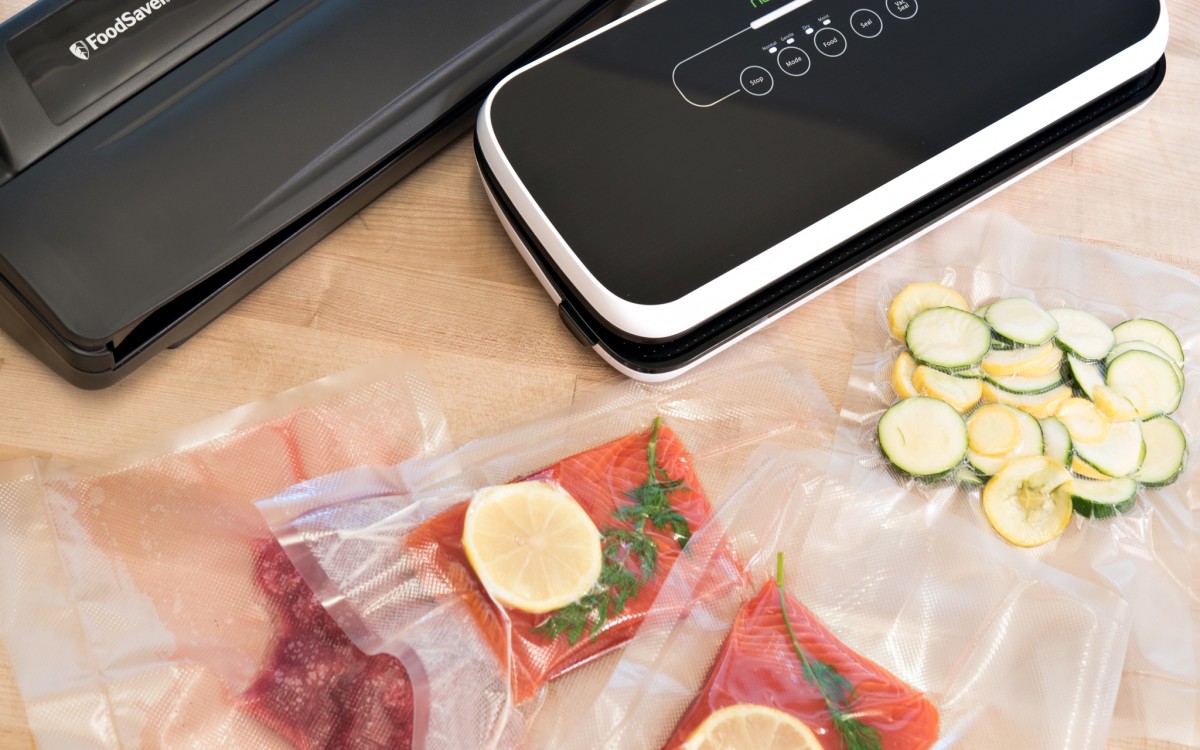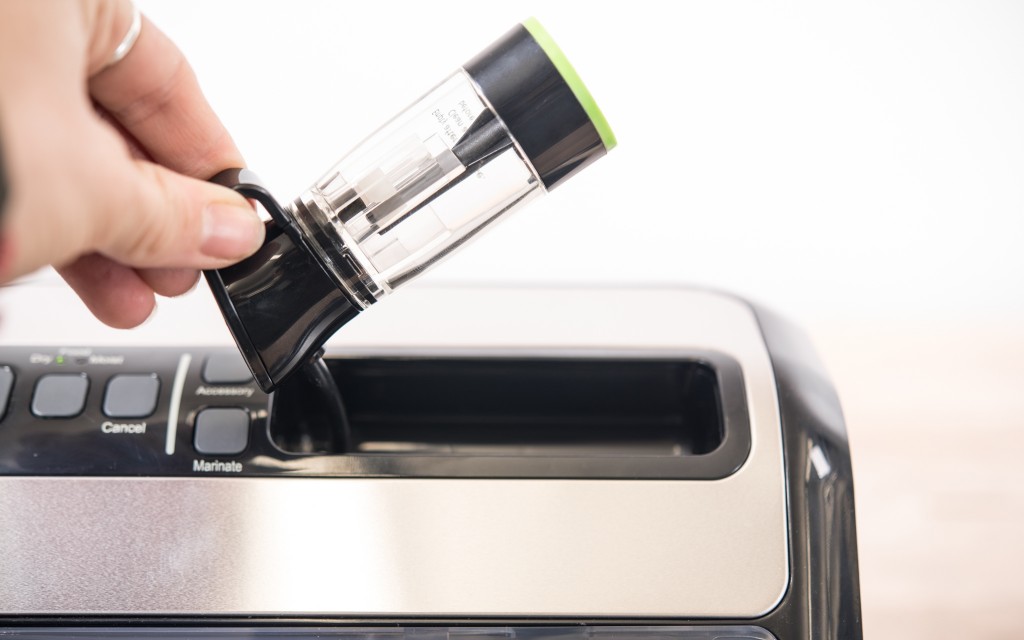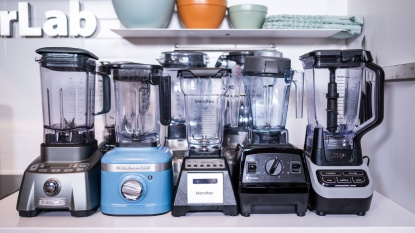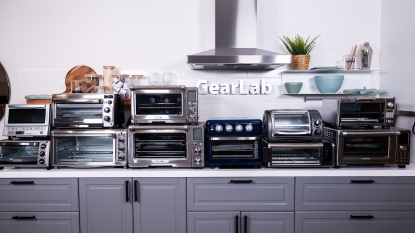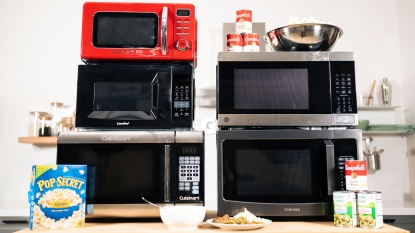With so many vacuum sealer options to choose from, it can be challenging to make an objective decision. This guide explains what these kitchen appliances are used for, how they work, and some of the main characteristics and features to look for when deciding on which one to buy. We evaluate each product and put it through a series of tests to accentuate the differences. If you already know enough about vacuum sealers to know what you are looking for, then you may want to check out our comprehensive Vacuum Sealer review to see which models are the best of the best.
Do You Even Need a Vacuum Sealer?
When looking at these products, the first thing you may ask yourself is: “Do I even need one? What do these actually do?” Vacuum sealers are designed to considerably extend the storage life of various food items by removing as much air as possible from the bag they are in and offer an efficient alternative to traditional food storage containers. Additionally, they can reduce the amount of freezer burn your food might experience when frozen for long periods and allow you to portion frozen foods into convenient-to-use packages.
The shelf life of your food is considerably extended in a vacuum. Most bacteria that cause food spoilage can't thrive in an anaerobic or oxygen-free environment. However, some forms of food-spoiling bacteria will happily grow in a vacuum at room temperature, so vacuum sealing is not a substitute for proper refrigeration or freezing. Vacuum sealer manufacturers claim that you can extend the shelf life of food stored in a vacuum by three to five times that of non-vacuumed food. However, the USDA hasn't done extensive research into the maximum longevity of vacuum-sealed foods, so we would recommend you follow their food storage guidelines regardless if the food has been vacuum-sealed or not.
Buying food items in bulk and re-packaging can also be an effective way to save money. Additionally, preserving seasonal foods beyond their growing season, like saving those perfectly ripe berries from the farmer's market in the summer for use in pies around the winter holidays, gives you fun and creative out-of-season fruit options. Sealers are also an excellent option for hunters and anglers. They allow you to preserve large quantities of meat and store them in more manageable and useful portions for cooking and consumption months later.
Additionally, you can use sealed food packages for other culinary methods, like flash pickling or sous vide cooking, although flash pickling is typically reserved for chamber vacuum sealers. There are many reasons why a vacuum sealer would be a great addition to your kitchen, but with the different types available, you will need to know how to pick out the right one for you.
What Type of Vacuum Sealer Should You Get?
There are three main types of vacuum sealers commonly available: handheld, chamber, and external. We'll go over the pros and cons of each type and what they are most commonly used for to help you match the right choice to your needs and budget.
Handheld
Handheld vacuum sealers are usually the least expensive of the three but are also pretty much widely accepted as also being the worst type. These devices attach to specially made plastic bags or containers and evacuate all the air through an integrated valve. While these devices are much smaller, cheaper, and more convenient to operate, they usually have smaller motors. They are inferior at creating the strong vacuum typically pulled by the other types.
Additionally, tons and tons of users online complain that it is tough to get these types of bags to seal correctly and they can become undone with only the slightest movement. On top of that, many of these handheld vacuum sealers are battery-powered, and there are a plethora of reviews complaining that certain brands lose the ability to hold a charge after only a small amount of use. Needless to say, we have excluded these from our review, focusing on much more performant and popular types.
Vacuum Chamber
On the opposite end of the spectrum from handheld models, chamber vacuum sealers are as heavy-duty as you can get. These appliances are much larger, produce much stronger vacuums, and — unfortunately — are significantly more expensive. Rather than evacuating the air from the bag alone, these vacuum sealers require you to put the bag inside the chamber with the lip on the sealing bar and then close and latch the entire chamber. Air is then removed from both the bag and the chamber, and the bag is then sealed shut with a heat seal. One of the main advantages of this method is it allows you to seal liquids without freezing them, as there is no pressure differential between the bag and space outside. These machines can also seal many more bags successively than other products. These features make them the perfect choice if you are sealing tons and tons of meat at once — an excellent option for an avid hunter.
However, this type of vacuum sealer usually costs at least $500. It takes up a significant amount of counter space, all while requiring a great deal more preventative maintenance than other types of vacuum sealers. In reality, they are overkill for the vast majority of people. Therefore, we omitted chamber vacuum sealers from our review, which leaves us with the last external type.
External
This is the most commonly encountered type of vacuum sealer and the main focus of our review. This type of sealer strikes the perfect balance for most people, pairing solid performance with a relatively compact package, all at a reasonably palatable price. These appliances use either pre-cut or rolls of quilted bag material, with the higher-end models even having built-in storage and an integrated cutter. Many of these products also have an accessory port, making them compatible with similar products that you would use a handheld vacuum sealer or letting you seal mason jars, with the proper attachments.
While these models usually don't pull as strong a vacuum as chamber sealers, they are more than adequate for taking your food storage to the next level or for sous vide cooking. To seal a bag, you fill it with your desired type of food, open the external vacuum sealer, place the bag's open end across the seal bar, and lock the lid in place. Air is then removed from the bag, and the seal bar will heat up and melt the bag closed. If you are using a continuous roll of bags, you simply need to cut off the desired length, seal one end using the seal-only function, and repeat the same steps.
Unfortunately, these products do need a brief rest period every few bags, and you can't seal liquids or other foods with particularly high moisture content. It can permanently damage these products, as the vacuum pump can draw in liquid, rendering it inoperable. However, most of these products have a removable drip tray to catch small amounts of fluid and make cleanup a breeze.
All in all, we think that these traits combine to make external vacuum sealers the best bet for almost anyone. It's only if you have intensive food storage needs that we would recommend upgrading to a chamber vacuum sealer, and we are overall reticent to recommend handheld vacuum sealers.
Are You Interested in Other Functions?
The last thing to consider when you have a better idea of which type of vacuum sealer and are just narrowing down your choices are any additional features or functionality that you might find helpful. In addition to an accessory port on many external vacuum sealers that lets you seal specially made containers or mason jars, a few others stand out. Namely, some of these products are compatible with an attachment that allows you to vacuum seal wine, allowing you to enjoy a single glass without the pressure to finish the bottle in a matter of days.
Conclusion
We hope our buying advice article helps you navigate the different types of vacuum sealers available today as well as the pros and cons of each. Knowing what machines are out there and their solutions to various food-preserving problems is vital to picking the right device. We've shared our extensive testing, experience, and knowledge on a wide range of sealers to help you find the right machine for your household the first time around.

